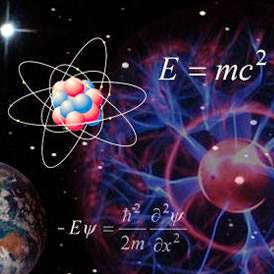CEO Rush Holt was a congressional representative from New Jersey. Prior to that, he worked at the Princeton Plasma Physics Lab as a researcher. In his capacity as congressman, he had been one of the few members of our government that had a background in a STEM field. As I said before, sadly and poignantly now there are none.
I thought it appropriate as an end-of-year post. It looks like Dr. Holt is trying to rally the troops (if you're reading this, "us"). Don't be discouraged; don't stop pursuing your dreams. Our love and pursuit of STEM - and I'll include STEAM for artists - is more important now than ever. The future of humanity may well depend upon it.
His encouraging words speak for themselves at the link below.
“If we are not ashamed to think it, we should not be ashamed to say it.” Marcus Tullius Cicero
"In a time of universal deceit - telling the truth is a revolutionary act." Unknown
In the wake of the presidential election, AAAS CEO Rush Holt acknowledged the concerns of young scientists and engineers in an op-ed calling on them to “Speak up, keep calm and carry on.”
Early-career scientists and engineers may be understandably apprehensive about change in Washington, particularly since “attention to science during the presidential campaign was neither appreciable nor appreciative,” wrote Holt for Motherboard. Still, he urged the next-generation of innovators not to despair.
“Science has faced challenges throughout history, from one administration to the next, but year in and year out it has led to human progress, enriching our culture by improving quality of life and human knowledge about our place in the universe,” Holt wrote.
AAAS CEO to Young Scientists: “Speak Up. Keep Focused. Carry On.”
Ginger Pinholster













